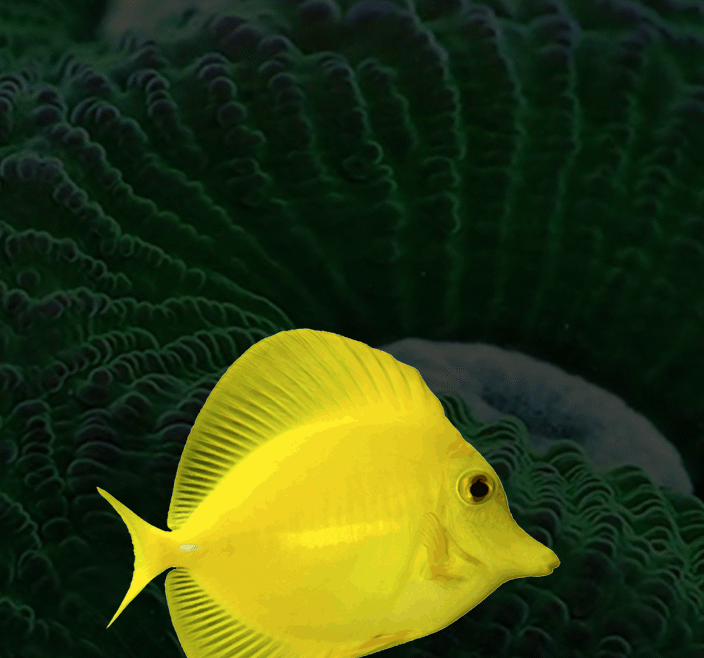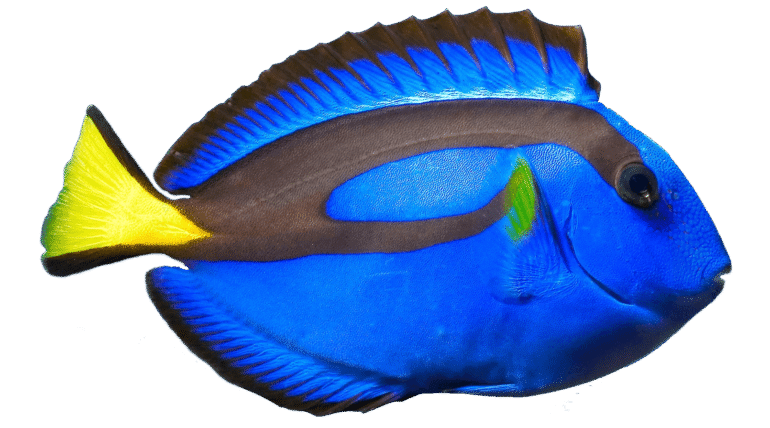Tangs, also known as surgeonfish, are popular among saltwater hobbyists for their vibrant colors, active behavior, and algae-eating habits. Species like the Yellow Tang, Kole Tang, and Blue Tang (Regal Tang) are favorites in both home and display tanks. While tangs can be hardy and rewarding, they do have specific needs—especially for beginners.
Tank Size Matters
Tangs are active swimmers and need plenty of space to roam. Most species require a tank of at least 100 gallons (380 liters), with plenty of open swimming space and rockwork for hiding and grazing. Overcrowding or small tanks can lead to stress and aggression.
Water Quality & Flow
Stable water conditions are critical. Maintain:
-
Temperature: 24–26°C (75–79°F)
-
Salinity: 1.023–1.025
-
pH: 8.1–8.4
-
Nitrates: <10 ppm
Strong water movement and efficient filtration will help keep them healthy.
Diet & Feeding
Tangs are herbivores and thrive on a diet rich in marine-based seaweed and algae. Supplement with:
-
Nori sheets (dried seaweed)
-
Spirulina-based pellets
-
Occasional meaty foods like mysis shrimp for variety
Feeding 2–3 times a day keeps them healthy and active.
Compatibility
Tangs can be semi-aggressive, especially toward other tangs or fish with similar shapes. It’s best to keep only one tang per tank unless you have a very large system and introduce multiple tangs carefully, all at once.
Health Notes
Tangs are prone to Marine Ich and Lateral Line Erosion (HLLE), especially when stressed or underfed. A balanced diet, clean water, and stress-free environment are key to prevention.
Final Tip:
Tangs are not the best choice for nano or beginner tanks, but with the right setup and care, they can become the centerpiece of a vibrant reef or fish-only system. Start with a hardy species like a Kole Tang or Yellow Tang before moving on to more sensitive types like the Blue Tang.



